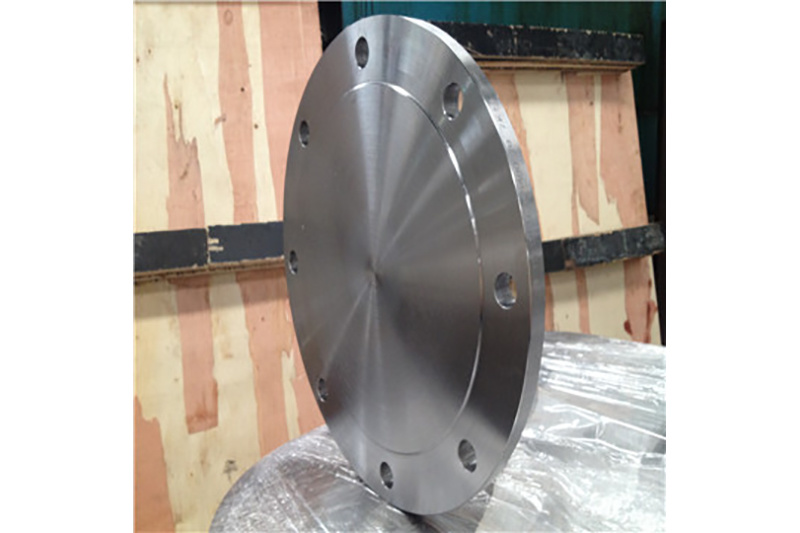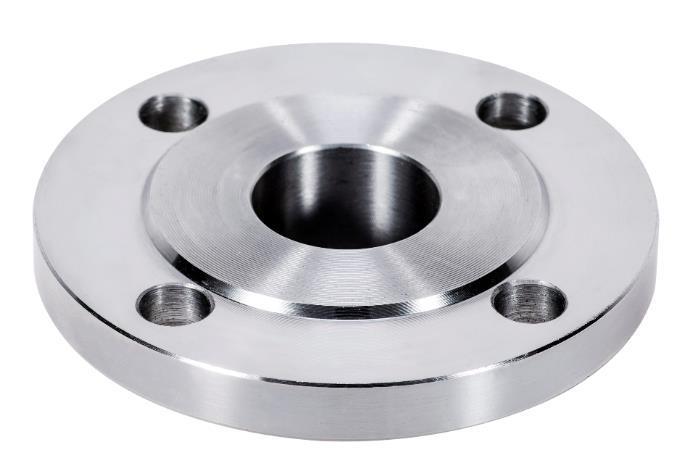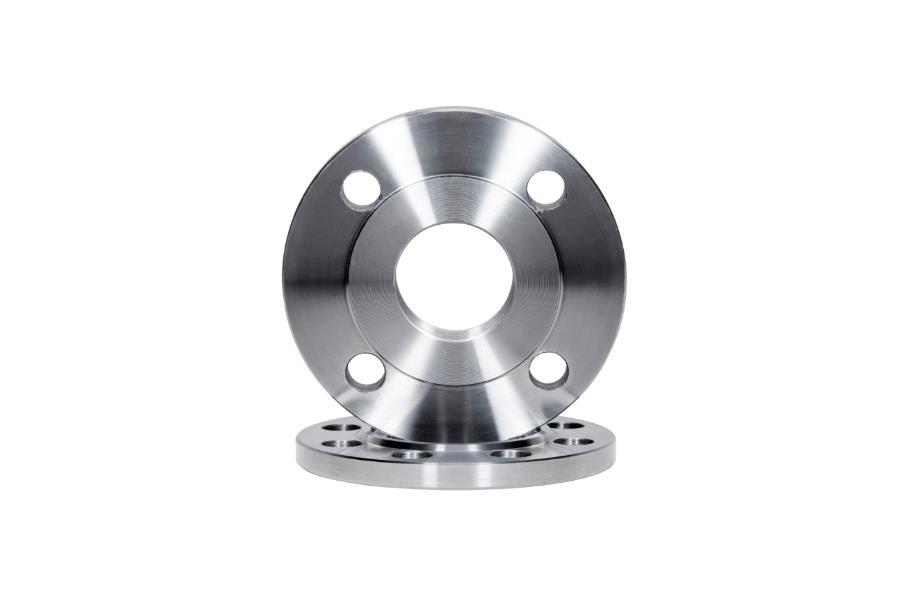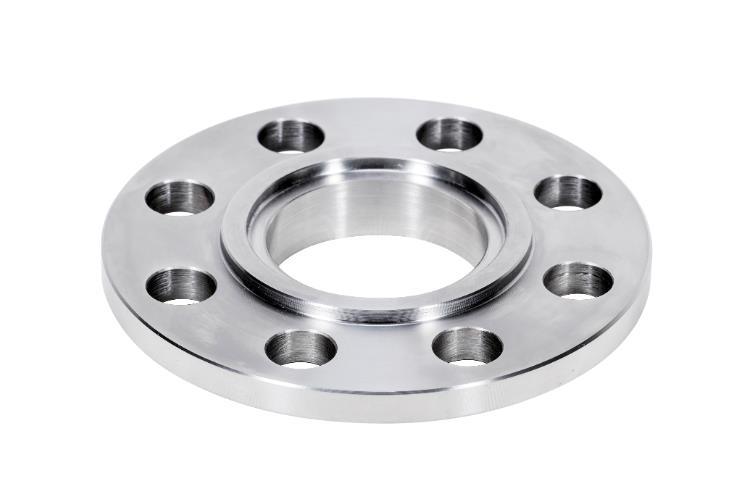Production standards for chemical flanges!
Release time:
2021-05-20
A flange is also known as a flange plate or chemical flange. It is the part that connects a pipe to another pipe at the end of the pipe, with holes on the flange that allow bolts to tightly connect the two flanges. The flange is sealed with a gasket and is a disc-shaped component commonly found in piping engineering. Flanges are used in pairs; in piping engineering, chemical flanges are mainly used for connecting pipes, with a flange plate installed at the end of each pipe that needs to be connected. Threaded flanges can be used for low-pressure pipes, while welded flanges are suitable for pressures above 4 kg. A gasket is added between the two flanges and then tightened with bolts.
Flange (flange) is also known as flange plate orChemical flange. It connects the pipe to the end of the pipe, with holes on the flange, and bolts tightly connect the two flanges. The flange is sealed with a gasket, and the flange is a disc-shaped part, commonly found in pipeline engineering. Flanges are used in pairs, and in pipeline engineering, chemical flanges are mainly used for pipe connections, with a flange plate installed at the end of each pipe that needs to be connected. Threaded flanges can be used for low-pressure pipelines, while welded flanges can be used for pressures above 4 kg. A gasket is added between the two flanges and then tightened with bolts.
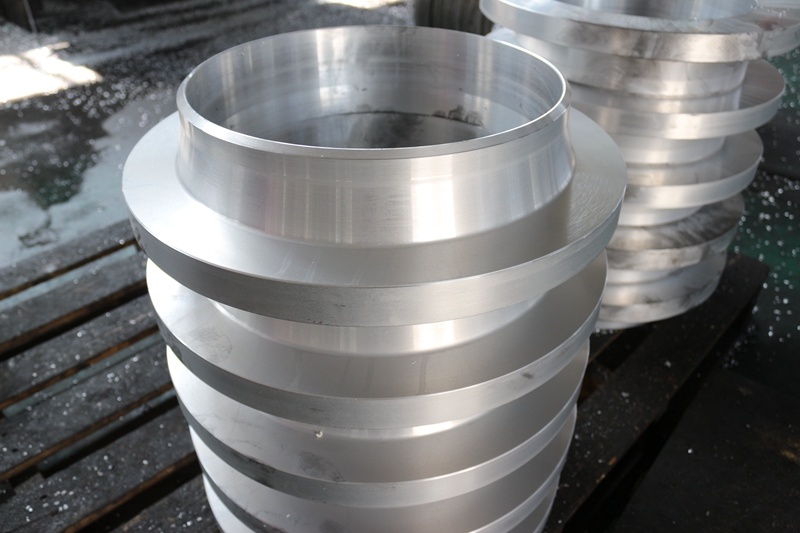
Chemical flanges with different pressures have different thicknesses and use different bolts. When pumps and valves are connected to pipelines, the parts of these devices are also made into corresponding flange shapes, also known as flange connections. All connecting components that are connected by bolts and simultaneously closed at the periphery of two planes are generally referred to as "flanges", such as the connection of ventilation ducts. These parts can be referred to as "flange parts".
Threaded flange is a type of chemical flange. The threaded flange connection structure is a component consisting of a pair of flanges, several bolts, nuts, and gaskets.
According to different pressure levels, flange gaskets also have different materials, ranging from low-pressure asbestos gaskets, high-pressure asbestos gaskets to metal gaskets.
1. Classified by material: carbon steel, cast steel, alloy steel, stainless steel, copper, aluminum alloy, plastic, argon immersion, PPR, etc.
2. According to the production method, it can be divided into forged flanges, cast flanges, spliced flanges, cut flanges, and rolled flanges (super large).
3. According to manufacturing standards, it can be divided into national standards (Ministry of Chemical Industry standards, petroleum standards, electric power standards, Ministry of Machinery standards, ship standards), American standards, German standards, Japanese standards, Russian standards, etc.

Latest developments
The Connection Between Japanese Standard Flanges and Sustainable Construction
The Connection Between Japanese Standard Flanges and Sustainable Construction Table of Contents 1. Understanding Japanese Standard Flanges 2. The Importance of Sustainable Construction 3. Key Features of Japanese Standard Flanges 3.1 Material Composition and Environmental Impact 3.2 Precision Engineering and Quality Assurance 4. How Japanese Standard Flanges Promote Sustainability 4.1 Energy Effic
Understanding American Standard Flanges: Essential Components in Construction and Decoration
American standard flanges are integral fittings used to connect two sections of piping or to connect piping to other components such as valves and pumps. Their design complies with specific standards established by the American National Standards Institute (ANSI), ensuring compatibility and reliability across various applications. These flanges are widely utilized in plumbing, heating, and various
Threaded Flanges vs. Welded Flanges: Which Is Better for Your Needs?
Threaded Flanges vs. Welded Flanges: Which Is Better for Your Needs? When it comes to piping systems, the choice between threaded flanges and welded flanges can greatly influence the performance, durability, and overall quality of your installations. Understanding the characteristics of each type can help you make an informed decision tailored to your specific requirements. In this article, we wil
Understanding Flanged Connections in Construction and Decor Materials
Flanged connections are mechanical joints that consist of two flanges, bolted together to create a tight seal. These connections are essential in the construction and decorative materials industry, especially in plumbing and piping systems where fluid transport is critical. The choice of flanged connections can significantly affect the integrity and efficiency of piping systems, making it vital fo
Sliding Flanges: The Key to Flexible Pipe Systems in Architecture
Sliding Flanges: The Key to Flexible Pipe Systems in Architecture In the ever-evolving landscape of architectural design and infrastructure, the need for flexibility and adaptability has never been more paramount. Among the various components that facilitate this flexibility, sliding flanges stand out as crucial elements in pipe systems. They enable efficient connections and adjustments, ensuring
Understanding High Neck Flanges: Essential Components in Construction and Decoration
High neck flanges, a specialized type of flange, are designed with an extended neck that provides additional height. This design not only facilitates an increased surface area for welding but also assists in alignment, making them ideal for various applications in piping systems. The extended neck allows for a better connection to pipes and creates a more robust sealing surface, reducing the risk



